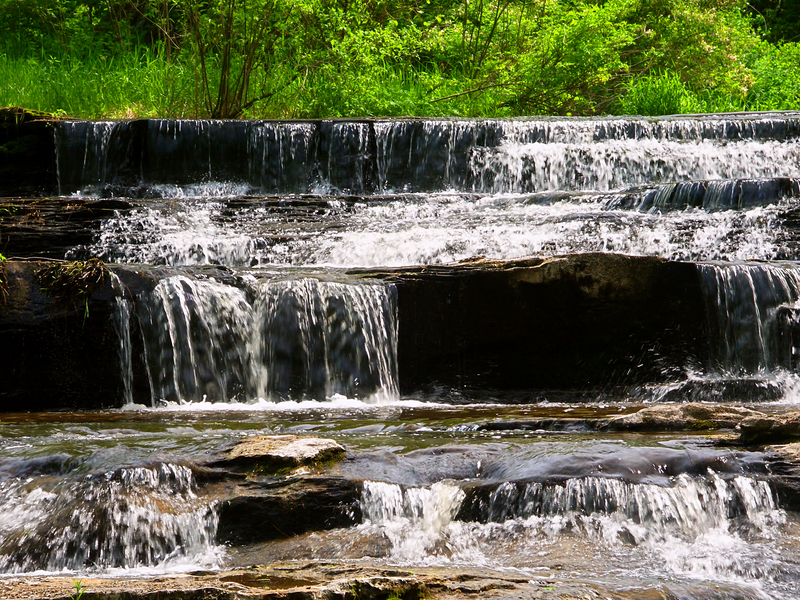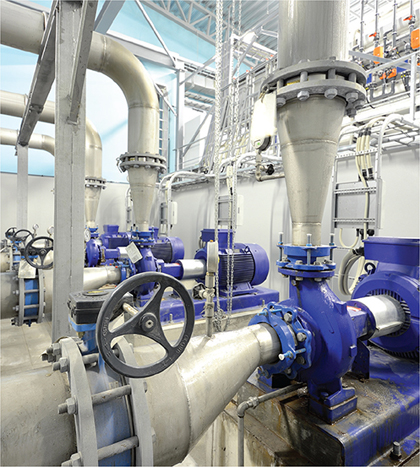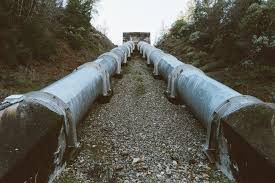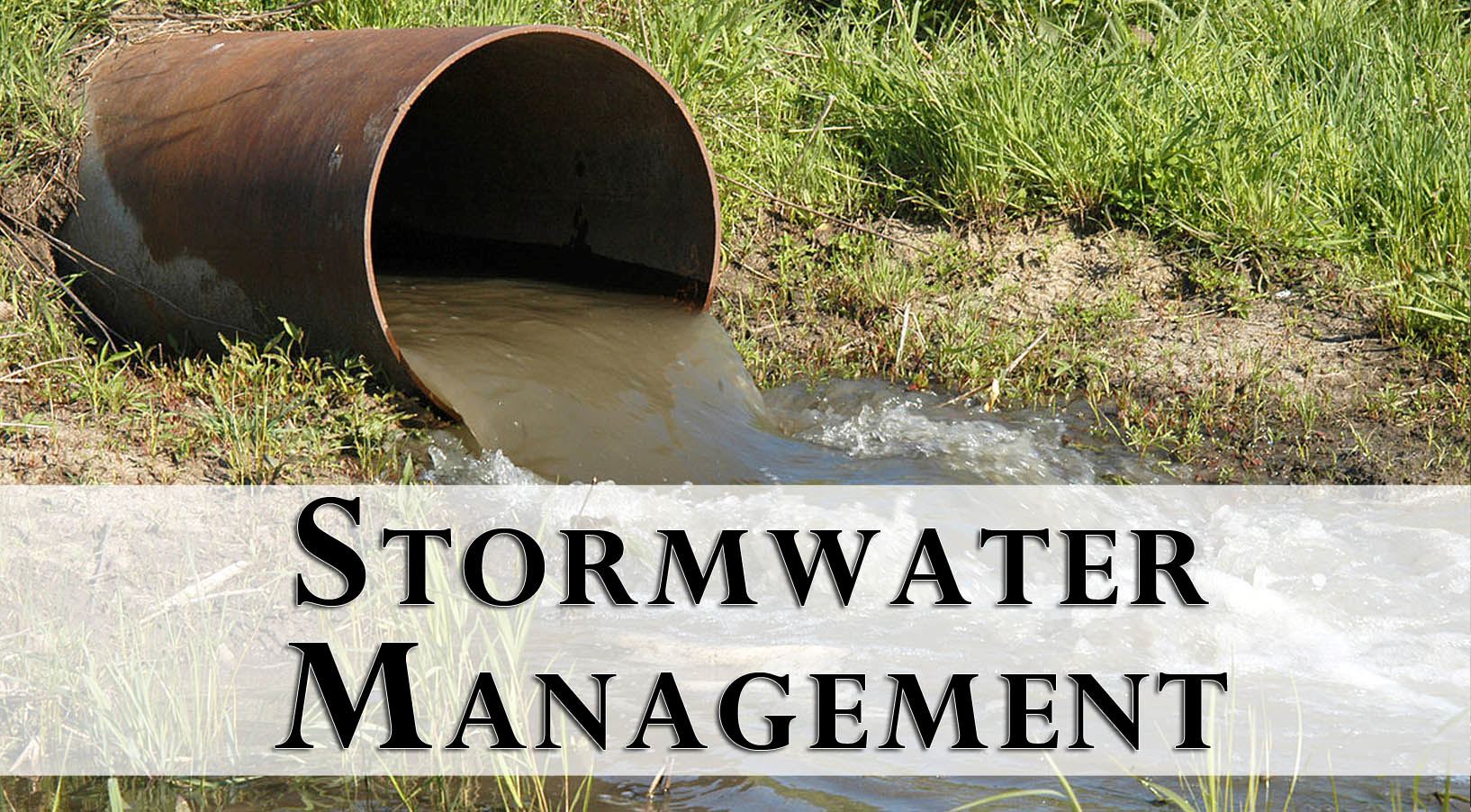

The course will also address the use of computer software for design work.
After participating in this course you will be able to do the following:
2.1 Rainfall Analyses
2.2 Time of Concentration: Review of Design Equations, Charts and Their Limitations
2.3 Methods of Computing Rainfall Losses
2.4 Estimating Flows for Drainage Design
3.1 Basic Hydraulic Theory
3.2 Design of Open Channels
3.3 Introduction to Geomorphology-Is it a Science or Art?
BTS attendance certificate will be issued to all attendees completing minimum of 80% of the total course duration.
| Code | Date | Venue | Fees | Register |
|---|---|---|---|---|
| CE119-01 | 29-03-2026 | Jeddah | USD 5450 | |
| CE119-02 | 28-06-2026 | Amman | USD 5450 | |
| CE119-03 | 06-09-2026 | Dubai | USD 5450 | |
| CE119-04 | 06-12-2026 | Dubai | USD 5450 |

To design an effective urban drainage and stormwater management system, knowledge of the technical design principles for each component of the system is required. After a brief refresher of basic hydr ...

The Course provides a snap-shot of current research in the field of on-line monitoring and control of clean and untreated water systems. The latest techniques in modelling drinking water quality and ...

This course is designed to train operators in the practical aspects of operating and maintaining water distribution systems, emphasizing safe practices and procedures. Topics include the role and duti ...

The success of a long-term cost effective operation of a stormwater management facility depends on the 1) appropriate design, 2) an efficient inspection program undertaken during the construction phas ...
Providing services with a high quality that are satisfying the requirements
Appling the specifications and legalizations to ensure the quality of service.
Best utilization of resources for continually improving the business activities.
BTS keen to selects highly technical instructors based on professional field experience
Since BTS was established, it considered a training partner for world class oil & gas institution
1st floor, Incubator Buildingو Masdar City, Abu Dhabi, UAE
Sun to Fri 09:00 AM to 06:00 PM
Contact Us anytime!
Request Info